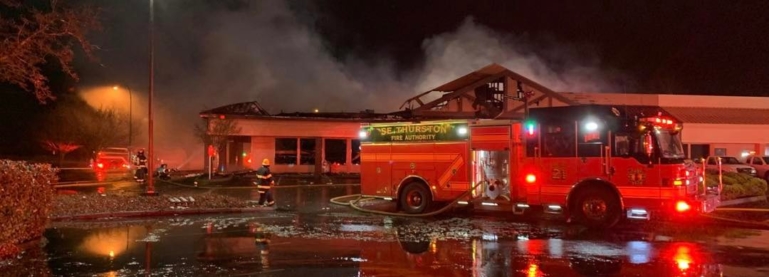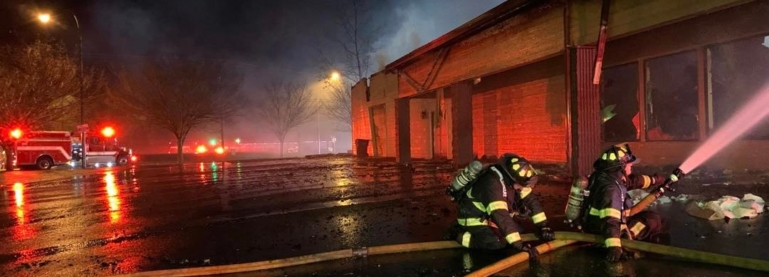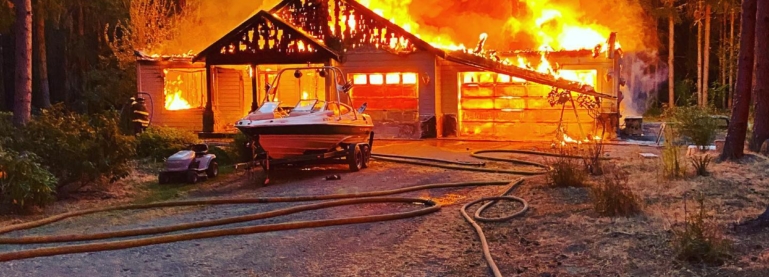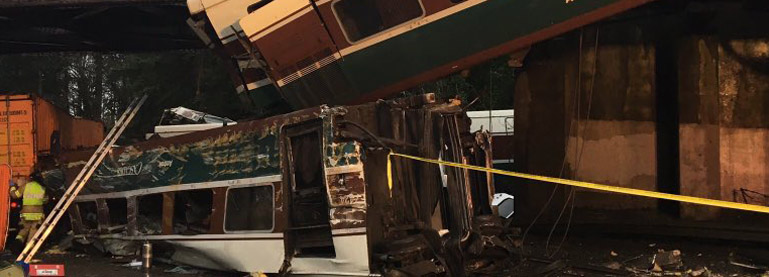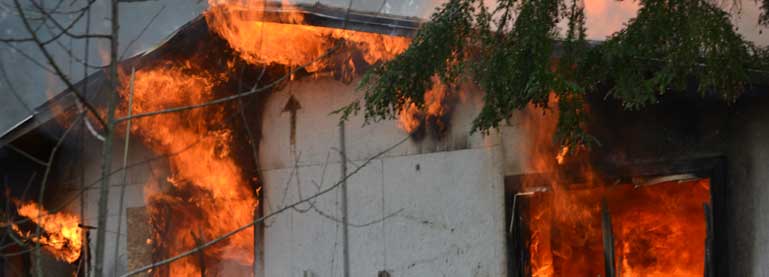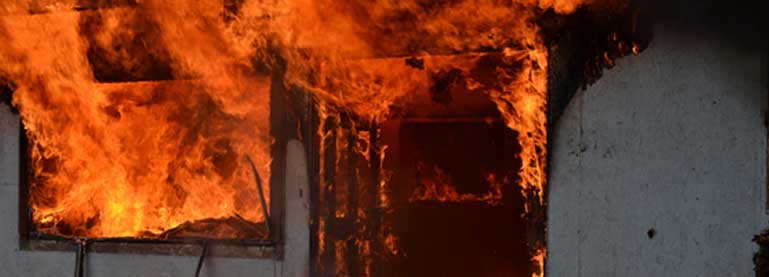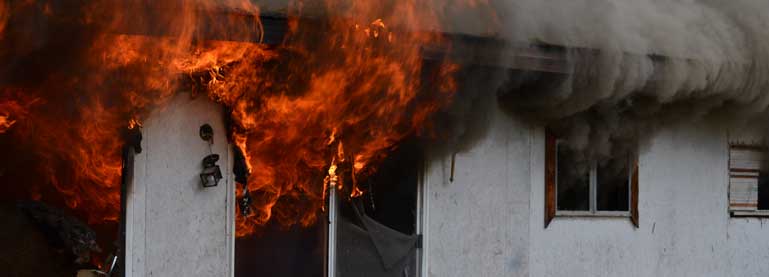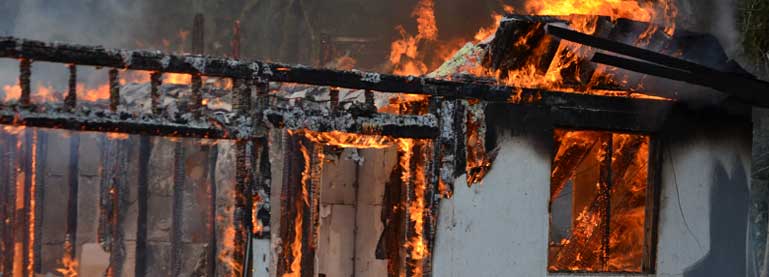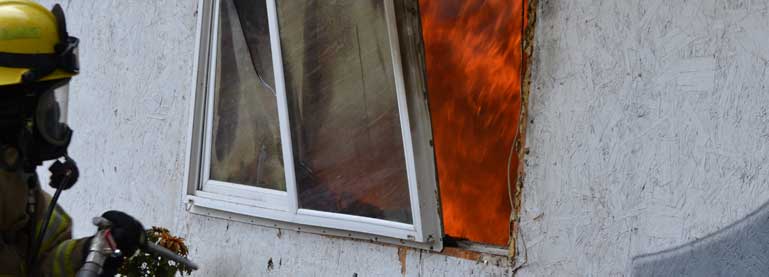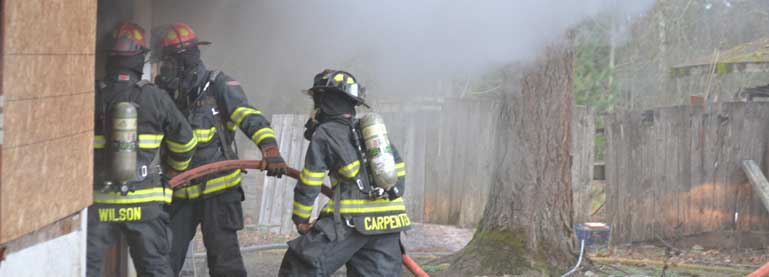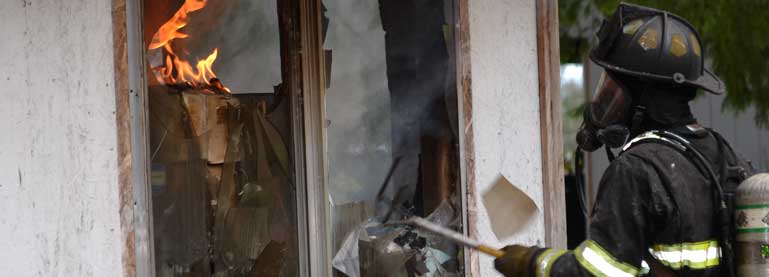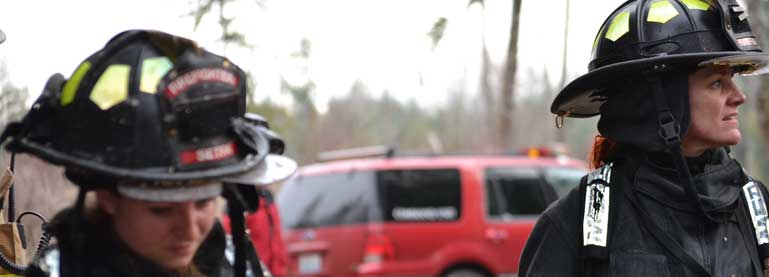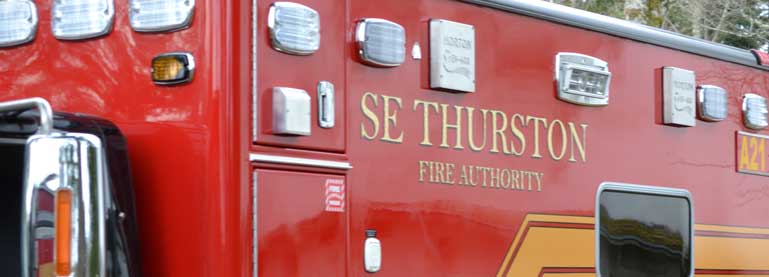Posted: Friday, May 2, 2014 3:30 pm
by Steven Wyble
swyble@yelmonline.com
Read it here: http://www.yelmonline.com/news/local_news/article_6e956b80-d249-11e3-b530-001a4bcf887a.html
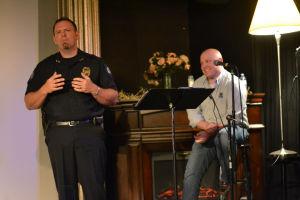
Steven Wyble / Nisqually Valley News
When preparing for an emergency, the first thing you need is a plan.
That’s according to Andrew Kinney, the emergency management coordinator for Thurston County.
Kinney spoke at Yelm’s Triad Arts Theater on Monday as part of the theater’s Alpha Centauri lecture series. Kinney was joined by Yelm Police Chief Todd Stancil, who is the city’s emergency management director. Stancil was joined by Yelm Public Works Director Ryan Johnstone.
Kinney — who said he has worked as a geographer for 36 years, including as a researcher for the Environmental Protection Agency — touched on a variety of environmental hazards that could potentially affect Thurston County: flooding, winter storms, volcanoes, solar flares, landslides, mudflows, heatwaves, tornados, wildfires, windstorms and earthquakes.
Kinney said the most common hazards in our area are short-term; the kinds of hazards its recommended people be prepared to weather for up to 72 hours: floods, winter storms, wildfires and windstorms.
Should we be worried about the potential disasters in the area?
There are hazards all across the country, Kinney said. People should learn what the hazards in their area are and prepare for them.
“I’ve been in every state in the U.S., seen a lot of great stuff — I choose to live here despite all those hazards,” he said.
Develop a plan and know what to do, Kinney said. Don’t drive over water in a flood — driving over flooded roadways accounts for most of the deaths during floods, he said. Keep a pair of shoes under your bed so you can walk over broken items after an earthquake. Establish an emergency contact who lives out of the area. Know how to turn off gas, water and electricity.
Stancil focused his presentation on how the city of Yelm prepares for potential disasters.
In addition to participating in Thurston County’s emergency management board, the city of Yelm has its own emergency management board that meets monthly. Stancil said it’s comprised of himself as emergency director, the mayor, the chief of Southeast Thurston Fire Authority, the city’s building official and the city of Rainier mayor.
“Our main purpose, our main mission, is how do we work as a city to still provide a service during a disaster or emergency? And it’s really quite scary when you start to consider what could happen and you look at how many of us are actually left or able to get here to help,” he said.
Stancil said the number often referenced is to assume that at least 25 percent of your staff won’t be able to come in to work.
“One of the things we do as a board is we look at who can we expect to be here, who is an essential staff, who isn’t essential staff, how can we continue to provide a service to the residents?”
Fuel — specifically, how the city can fuel its emergency vehicles during a disaster — is one example of an issue considered by the board, he said. None of the fueling stations in the city have backup power.
“When the power’s out, there is no fuel here,” he said.
The city has partnered with Yelm Community Schools to use the fuel station it uses for its buses, he said. In addition to partnering with schools, the city has partnered with local churches and the Nisqually Valley Moose Lodge for emergency services, he said.
One church is in the process of becoming a Red Cross-certified shelter, he said, meaning it meets certain criteria set forth by the Red Cross.
The schools are currently the city’s designated shelter, but that can be a problem if they don’t have power. The only school that has a backup generator is Lackamas Elementary, he said, which is about eight miles out of the city limits.
One unique program the city has developed for emergencies is the creation of a vulnerable citizens registry, Stancil said.
The registry is made up of vulnerable citizens the city will check on in the event of an emergency. They may call before or during an event, or visit them in person if they aren’t available over the phone, he said.
Stancil said he remembered a windstorm that left the city without power for seven or eight days. They received a call from an elderly woman who lived just outside the city limits who said she had a water leak.
When the public works department arrived in the house, they discovered the woman, who was in her 80s, lived by herself, and was on oxygen, was tolerating temperatures in the low 50s.
She had firewood stacked, but didn’t know how to start the fire, he said.
The public works department built her a fire — just before the electricity came back on.
“It really made us wonder, really made us concerned, like, how many of these people are out there that will not ask for help?” Stancil said. “A lot of people don’t want to go to a shelter. They don’t want to leave their home and go to a shelter with strangers.”
About 40 residents are on the registry. Most have been signed up by a relative, Stancil said.
Stancil said one aspect of disasters that often gets overlooked is recovery. The city of Oakland, Calif., took more than 10 years to recover after the 1989 earthquake that struck the San Francisco Bay area, he said.
The question for Yelm is, if the city had to spend one or two years recovering from a disaster, how would it do that? Where would the city get the people needed to help with recovery?
“We’re pretty good at being prepared … and then dealing with the storm, what to do during the storm,” he said. “As far as recovery, that’s really where it gets expensive over time because really we’re pretty thin on resources.”
Stancil said the city’s sewer system needs power to run and in a power outage lasting more than a day or two, the sewer system starts backing up, requiring the city to bring in trucks to pump out the sewer system.
The city usually gets power back on before people living outside the city; the people living in the city start inviting their friends without power to come over and shower or use their bathrooms.
“The sewer system can’t handle it,” Stancil said. “They get backed up.”
People can hook up their holding tanks to a generator, but Johnstone cautioned that people should make sure they know how to hook up the generator correctly.
Yelm’s public safety building, located at 206 McKenzie Ave., is the city’s emergency operations center, Stancil said. The building, which has a generator, was completed in 2008 and designed so all city functions can be performed there.

